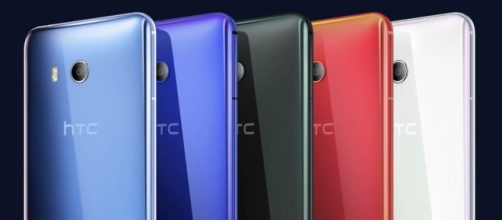HTC smartphones are not as popular as they used to be a few years ago. The HTC 10, released in 2016, was a great smartphone but it never gained the attention it truly deserved. It was praised by critics for its design, brilliant audio quality and customizable user interface, but was ignored by consumers. On Tuesday, HTC announced the HTC U11, the successor to the HTC 10. The company is looking to bring back the glory days it used to have by giving their next flagship smartphone unique features that other flagships, such as the Galaxy S8 and iPhone 7, don’t have.
Squeezable feature of the HTC U11
The U11 is the first smartphone to have a squeezable feature called Edge Sense. With this feature, users are capable of triggering certain commands just by squeezing the smartphone. For example, a user may squeeze the phone to launch its camera app, and squeezing it again can make the camera capture images.
Multiple AI assistants
The U11 will feature three AI assistants right out of the box. It has the Google Assistant, the HTC Companion and it will be the first smartphone to have Alexa hot word support. This means the HTC U11 will have two of the most popular AI assistants on top of HTC’s very own. Users may say “OK Google” to wake Google Assistant, or say “Hey Alexa,” to wake Alexa.
The U11 is the first smartphone to take advantage of Snapdragon 835’s support of two wake word commands.
HTC U11’s multiple mics
The HTC flagship’s capability of having multiple AI assistants also has multiple mics for a better experience for the user -- four to be exact. The mics are strategically placed on the smartphone and one mic is always listening for wake words. When the user says the wake word, all four mics activate and determine the exact location of the user. When the mics know the location of the user, three of the mics deactivate and the one closest to the user remains active and listens to commands.
HTC’s BoomSound
HTC smartphones are known for great audio quality. The next-generation BoomSound of the HTC U11 brings even greater audio quality.
The U11 also has earbuds with active noise cancellation that users don’t need to charge. Instead, the earbuds use power from the USB-C port. The earbuds also have sonar sensors that are capable of sensing the user’s ear canal and tuning the audio for a better listening experience.
What do you think of the HTC U11? Are you excited to get a model of your own, or do you prefer another smartphone?


